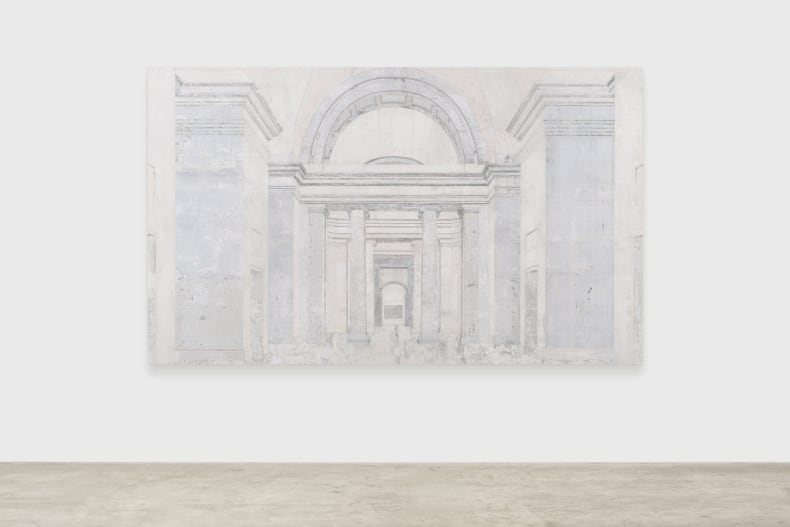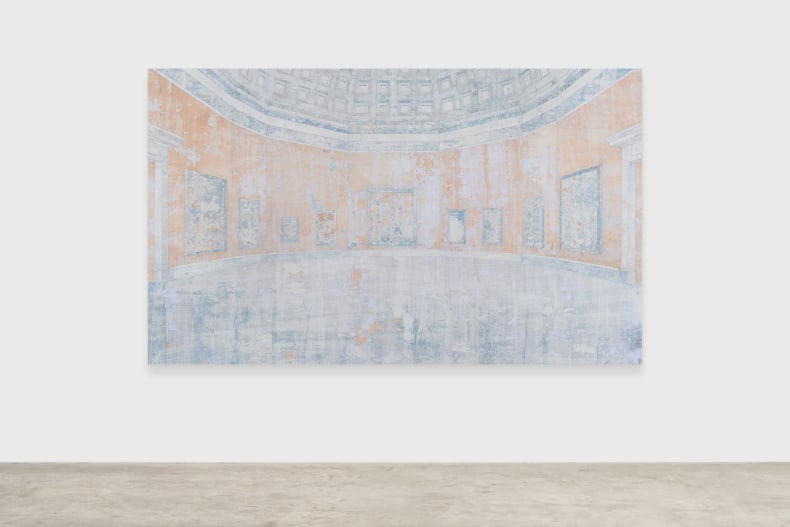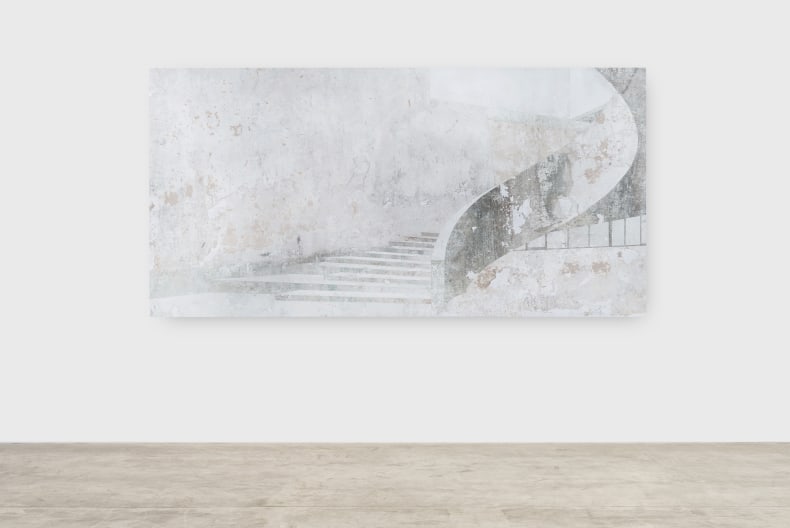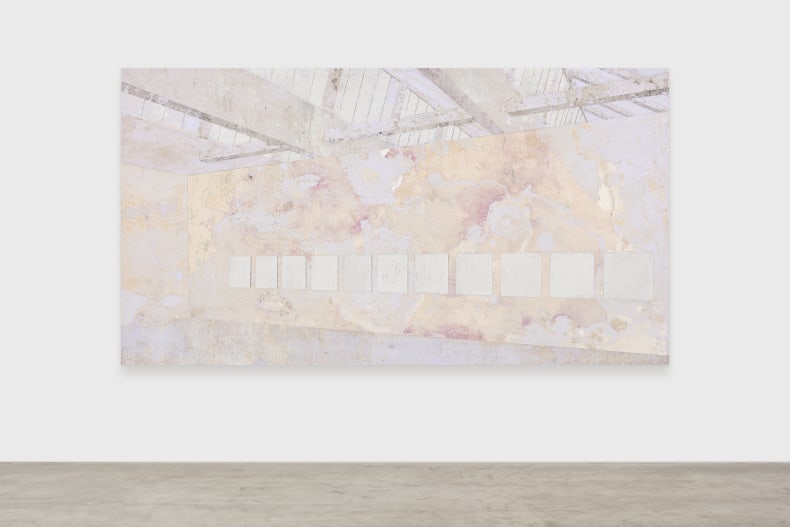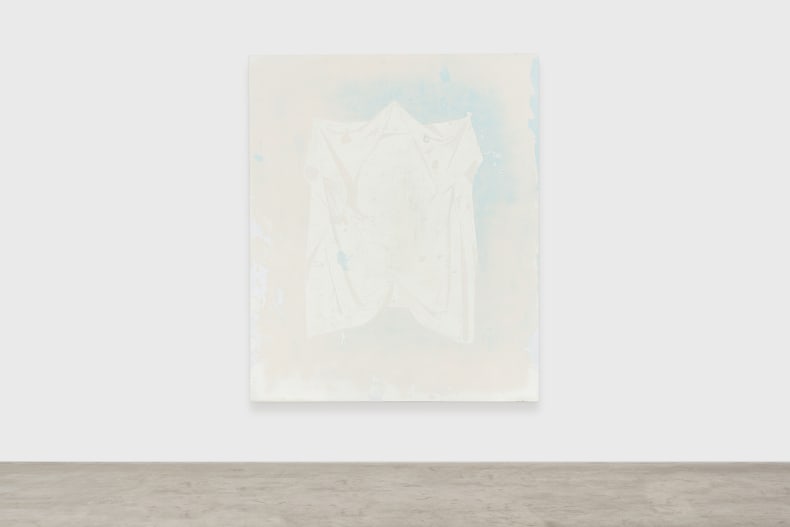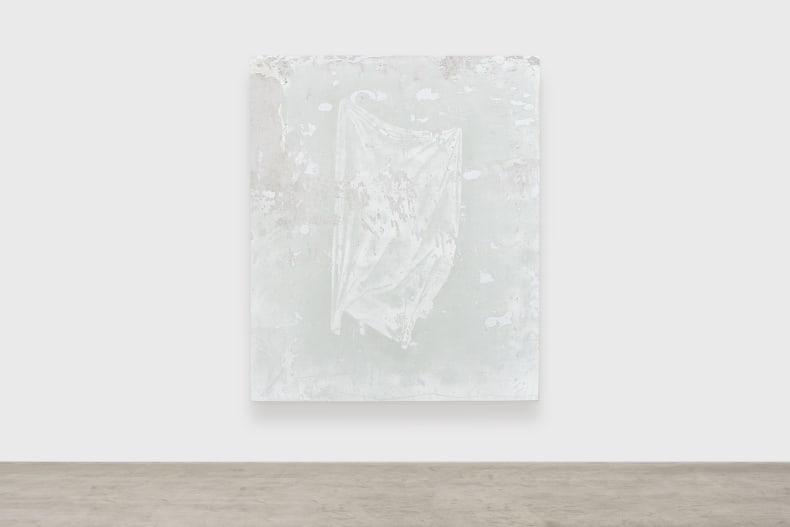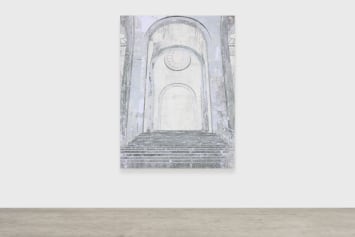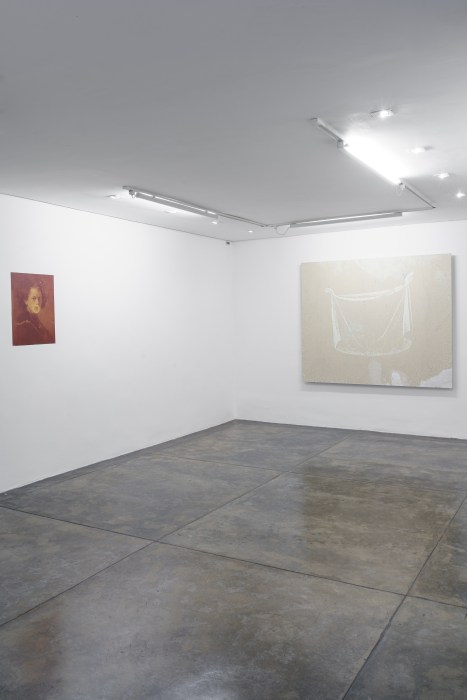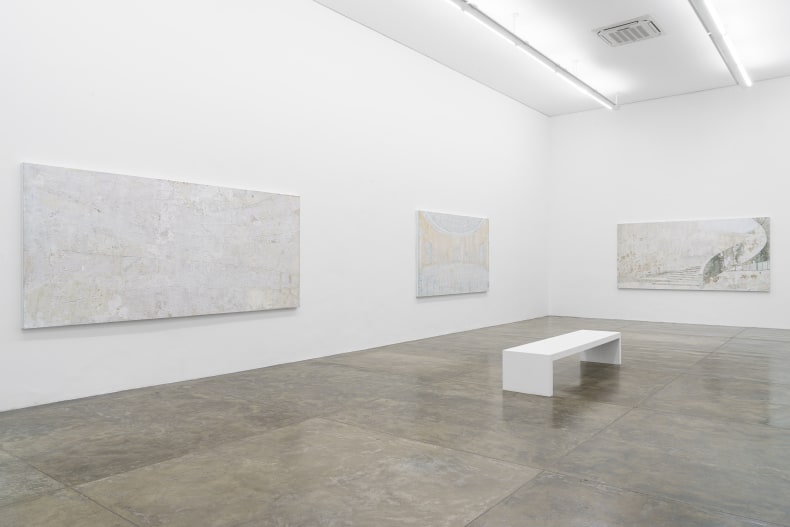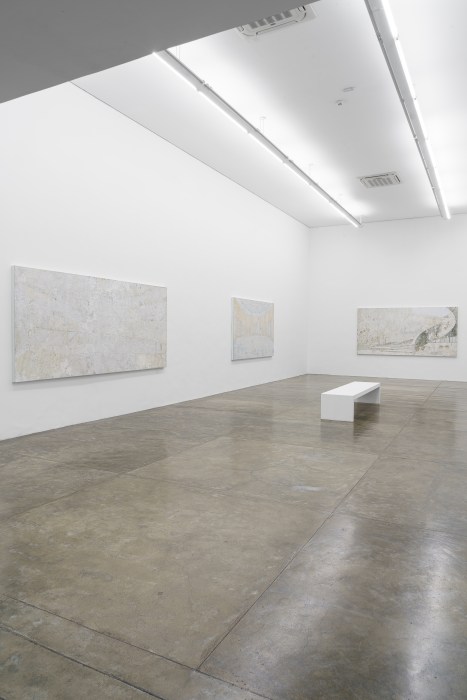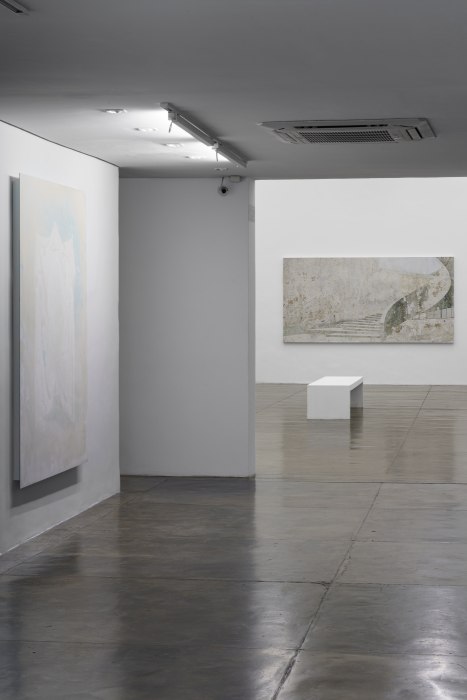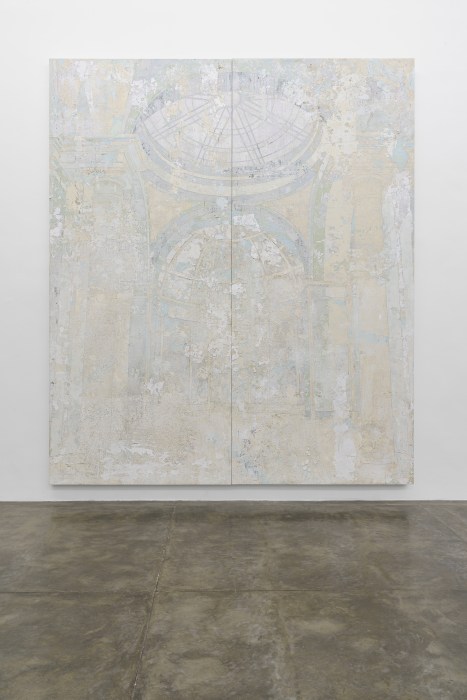Nara Roesler São Paulo is pleased to present Verônica, Daniel Senise's third solo show at the gallery. Curated by Luis Pérez-Oramas, the exhibition presents the latest developments from the series Museums and Galleries, as well as a set of unpublished works that reflect on the relationships between space, time, image and memory. The exhibition opens to the public on August 13 and is on view until October 1, 2022.
The Christian relic on which the true face of Christ is believed to be recorded, known as the Veil of Veronica, is said to have been used by Veronica, to wipe the blood and sweat from Jesus’ face on the way to his crucifixion. The object served as inspiration for several painters throughout the history of art. It is these representations, by artists such as El Greco and Zurbarán, that serve as the foundation for the series Verônica (2022), presented for the first time by Senise in this exhibition. The artist adapts these original compositions, recreating them, but without including the face of Christ, so that the focus is on the brackets that support the image.
The series seems to synthesize, in theme and method, much of the process that the artist has been developing over the years. To carry out the works that make up Verônica, Senise makes use of one of the fundamental techniques of his practice: the monotype of surfaces. Using a mixture of water and glue spread over the space, the artist manages, with a cloth, to impress the markings to create surfaces stamped with the colors and signs of the place. The procedure refers to that of the Christian saint who captured, on her veil, what could be the only concrete image of the divine, made with the contact of her own body.
Over the years, Senise has accumulated several cloths made with this technique. Initially, he practiced it on the floors of spaces, but recently, he has performed the procedure on walls. From these fabrics, in particular, the artist extracts the surfaces that make up the Museums and Galleries series, started in 2000. By using the markings of other spaces to create a realistic representation, the artist superimposes different places, each one already bearing signs of its use and its own history, to create a work that brings in its body and its materiality a complex relationship between spaces and times.
The images made by Senise focus so much on the architectural structures of these buildings, emptying them of both the public and their works - such as the spiral corridor of the Guggenheim, in New York, the ramps of the Fundação Bienal, in São Paulo, and the staircases of the Louvre, in Paris - as in the internal environment of these institutions, in which Senise recreates the spaces of the paintings and their frames, as with the works from the Prado National Museum and Dia Beacon.
These works enter into a dialogue with the second instance of the Museums and Galleries series, which the artist put on hold in 2005 and then resumed almost a decade later. Since 2014, he has been developing these scenes with galleries filled with works, which, in turn, we don't see. The ethereal atmosphere of many of these spaces is due to the characteristics of the material. The wall monotypes, mostly white, seem to endow the composition with a luminosity that seems to dissolve the forms, were it not for the undeniable materiality of their structure.
The third group of works on display come from a set of negatives from the Louvre’s collection. These small slides were part of an old museum publication that Senise had kept for years. Humidity and time left several stains on the images, which lead to erasures and distortions, which often seem intentional.
Senise scanned the images of these works, including Rembrandt, Jacques-Louis David, Domenico Ghirlandaio and Albrecht Durer and presents them printed on vinyl directly applied to the wall, as if emerging from it and evidence of a double displacement: spatial, in regards to the scale of the images and their displacement from the place to which they belong, the Louvre, but also temporal, which can be seen through the marks on the images, evidence of the passing of time.

